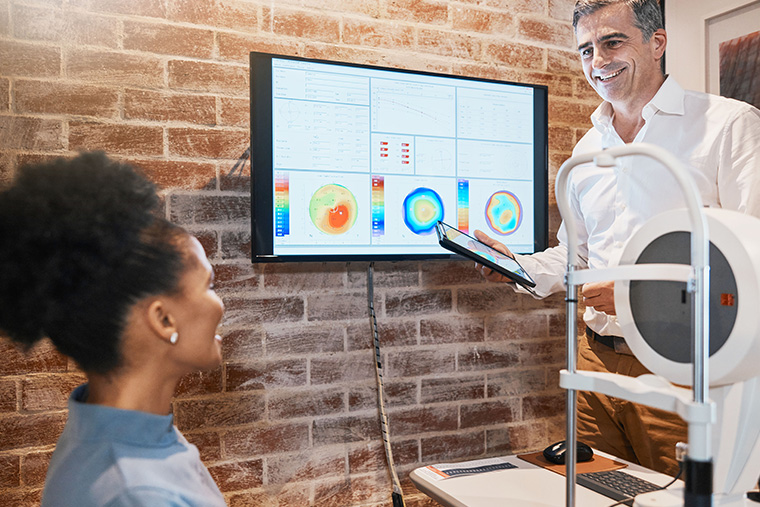Transforming Healthcare Decisions with Predictive Analytics
In a sector where every decision can impact patient lives, timely and accurate insight is essential. Our predictive analytics solutions empower NHS trusts, private hospitals, and emerging digital health innovators across the UK to anticipate patient needs, identify high-risk cohorts, and allocate resources more efficiently.
By combining advanced statistical models, machine learning, and domain-specific expertise, we deliver end-to-end data solutions—from data ingestion and quality checks to real-time dashboards and automated clinical alerts. Everything is built on a foundation of GDPR compliance and NHS Digital standards, so every insight is trustworthy, traceable, and ready for action.
With over a decade of experience, our team has helped healthcare providers reduce 30-day readmission rates by 18 %, predict A&E surges up to 72 hours in advance, and cut operational costs by 12 % through smarter staffing and inventory management. Whether you’re looking to build a bespoke risk-stratification model or embed predictive modules directly into your existing EHR, we’ve got you covered.







